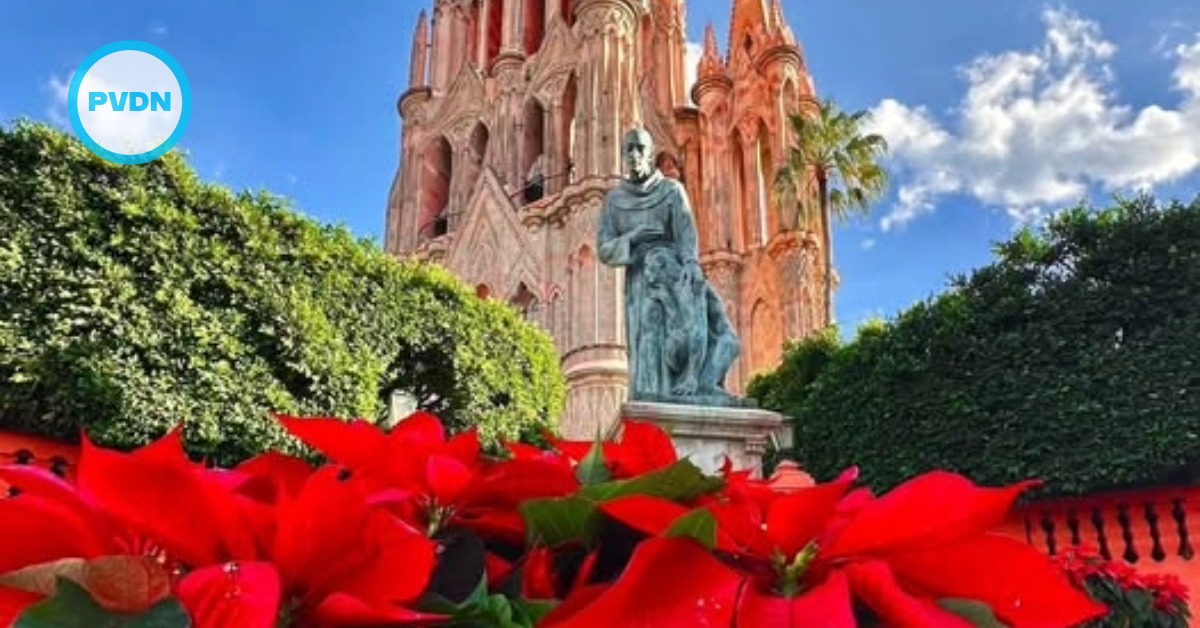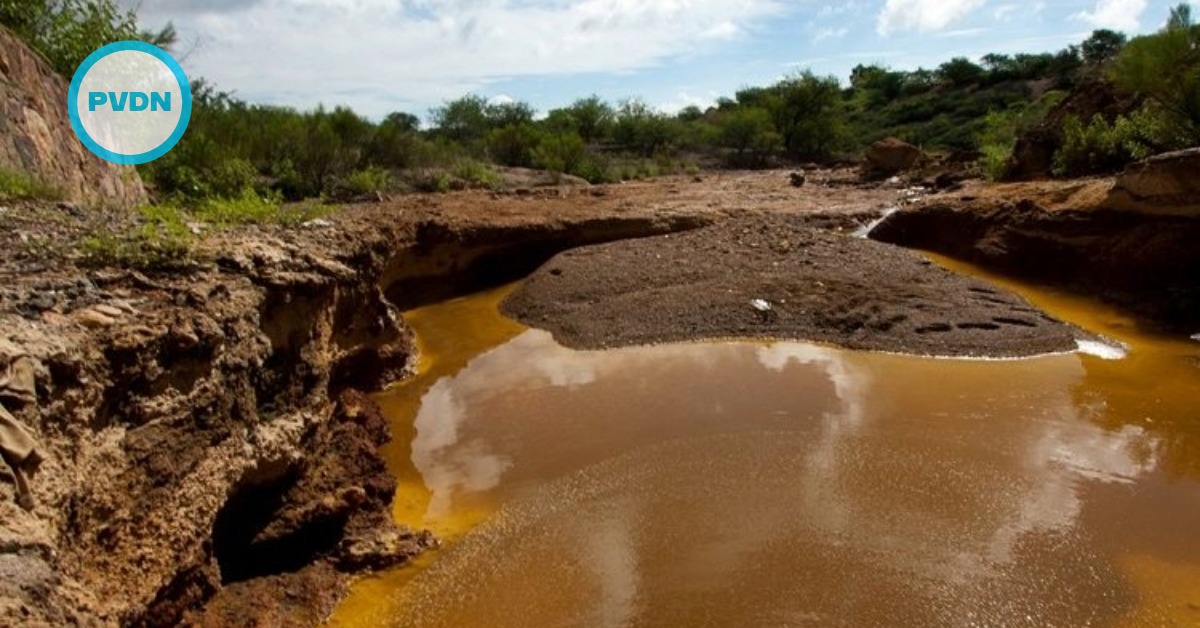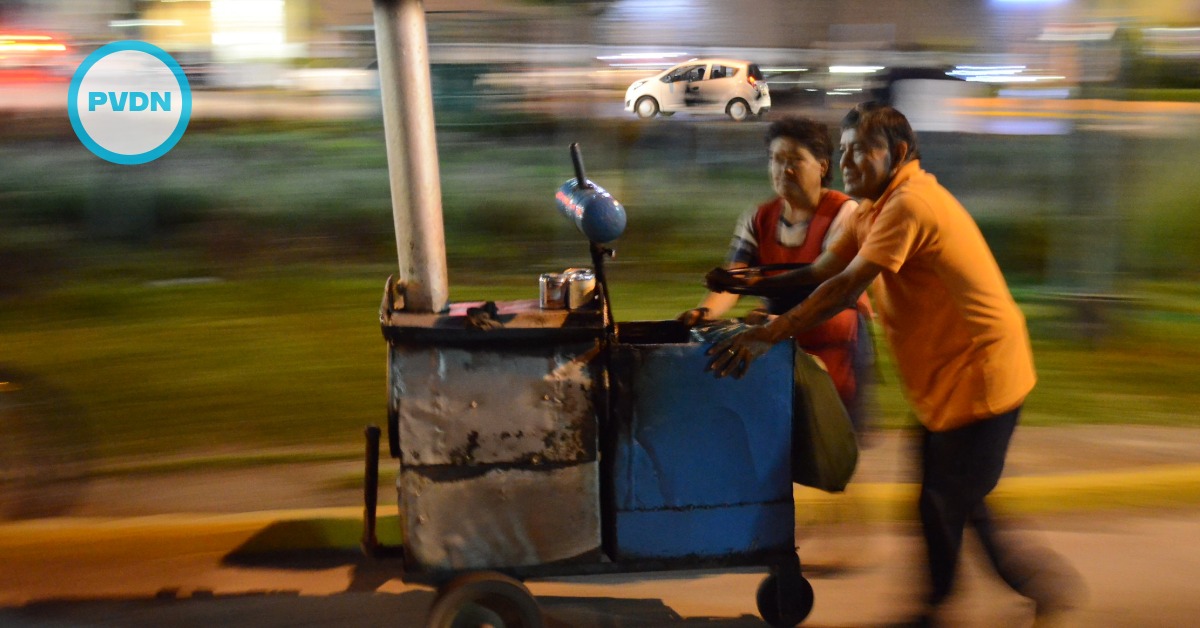The United Nations University Institute for the Advanced Study of Sustainability (UNU-IAS) has discovered that the ancient Aztecs of Mexico were able to function as a zero-waste society, proving that the practices of indigenous peoples from the past could provide valuable insights and lessons about efficiently using resources and improving modern waste management systems.
“While technological innovation is often seen as the answer to modern waste problems, what can we learn from the historical methods used by great ancient societies such as the Aztecs of Mexico,” writes Resilience.org. “How are past systems like Aztec waste management and . . .





